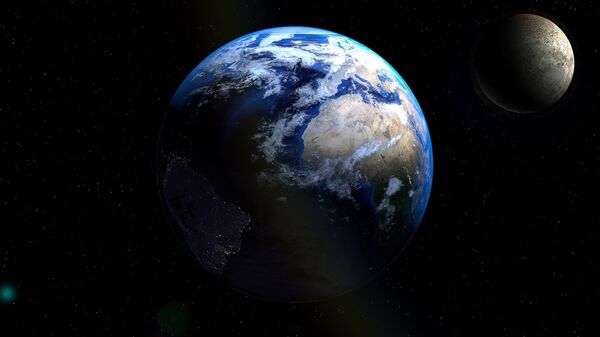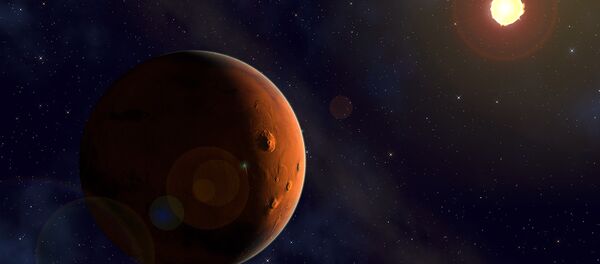The phenomenon was recorded by researchers in NASA's Inflatable Lunar/Mars Analog Habitat (ILMAH), a unique, simulated environment that mimics the conditions of the International Space Station, and possible new human habitats on faraway planets.
In a trial, three students spent 30 days in ILMAH's 12-by-10-by-2.5-meter confines, with little exiting or entering the facility beyond air and fungi samples (through an airlock).
In @MicrobiomeJ — @NASA is studying #fungi to keep space travelers safe on new worlds: https://t.co/oZIJNInI79
— BioMed Central (@BioMedCentral) July 11, 2017
Four times during the trial — days 0, 13, 20, and 30 — the test subjects cleaned the habitat and swabbed eight locations. Outside, researchers collected the swabs and tried growing and sequencing genetic material of fungi from them.
In the end, 117 fungal isolates were cultured, and sequences gleaned from 113 of them.
While the total volume of fungus decreased, the number of different types of increased — and species that can colonize human bodies and produce toxins, volatile organic compounds, and enzymes capable of irritating airways, were the most abundant.
The researchers also found small increases in Cladosporium members of the Davidiellaceae family and in Aureobasidium members of the Dothioraceae family. These varieties can survive in the ice of Antarctica.
In essence, certain kinds of fungi — including pathogens that can colonize the human body and cause allergies, asthma and skin infections — increased in number while humans dwelled inside ILMAH.
The finding may not have surprised the team too much — after all, fungi are able to thrive in extremely unforgiving conditions in which human struggle to or simply cannot, such as the Himalayas, or even the radioactive remains of Chernobyl.
"Fungi are extremophiles that can survive harsh conditions such as low nutrient, desiccation, high/low temperatures, acidic/alkaline, radiation, and other environments. Fungal species not only have been isolated from all known environments on Earth, including barren lands like deserts, caves, or nuclear accident sites, but also are known to be difficult to eradicate from other types of environments including indoor and closed spaces," the paper notes.
Still, the revelation is significant for space travel, as prolonged stays in cramped habitats are inevitably stressful for inhabitants, thus leading to potentially decreased immune responses, making space travelers much more vulnerable to opportunistic pathogens such as fungi than their earthbound counterparts.
The next step is to identify and develop suitable maintenance and cleaning procedures for interstellar habitats, to ensure they can't be deteriorated by fungi, or pose a health hazard to their inhabitants. Moreover, the team still isn't 100 percent certain the increased fungal diversity they recorded is entirely attributable to the presence of humans — as a result, the fungal species residing within the occupants will also need to be studied.
If the team's right, evidently some fungi may be coming along for the ride if and when humans finally embark on a mission to colonize other planets. If they do, it's likely they'll be able to make themselves at home irrespective of environment they encounter when they get there — probably rather better than human beings themselves can.





